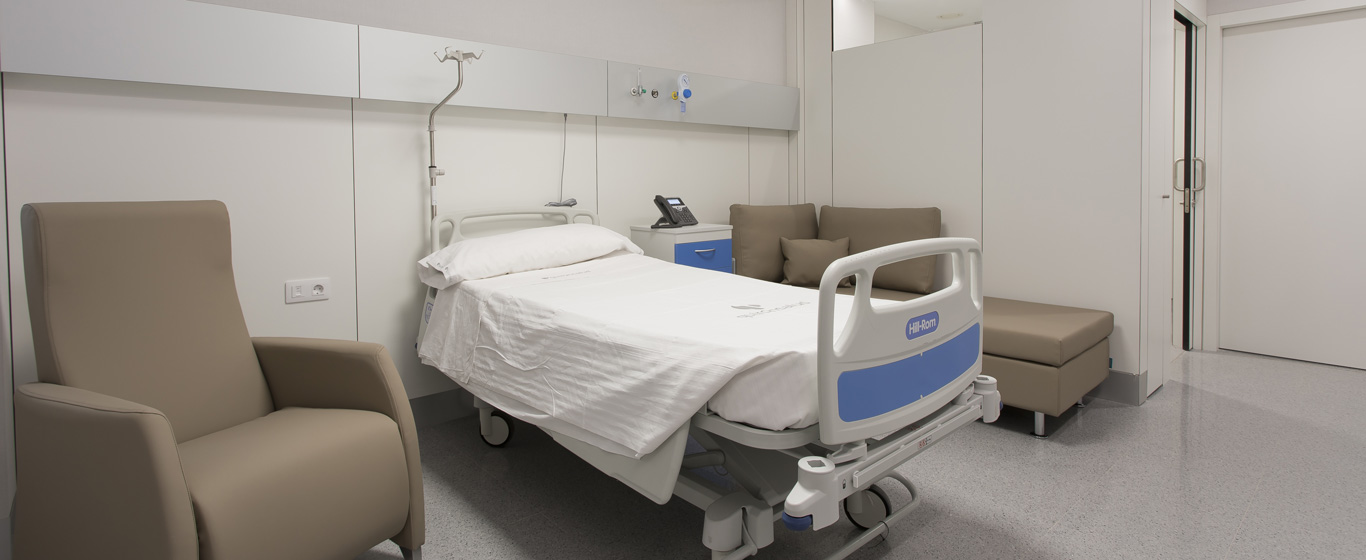Blepharitis
What is blepharitis? Learn about the types of eyelid inflammation, their causes, and available treatments.
Symptoms and Causes
Blepharitis is the inflammation of the eyelids, particularly at the margin where the eyelashes grow. It can affect the upper or lower eyelid of one or both eyes. This condition often becomes chronic, as those who have previously developed it are more likely to experience it again.
There are different types of blepharitis depending on their causes, characteristics, and the specific area of the eyelid affected. The most notable types include:
- Anterior blepharitis: Occurs at the base of the eyelashes.
- Seborrheic blepharitis: Caused by the accumulation of excess oil.
- Infectious blepharitis: The most common type is staphylococcal blepharitis, triggered by bacteria.
- Parasitic blepharitis: Caused by mites that inhabit hair follicles.
- Posterior blepharitis: Develops in the Meibomian glands, located near the base of the eyelashes, which secrete proteins and lipids to protect the cornea.
Although not a serious condition, blepharitis can negatively impact mood and quality of life due to its recurrent and unsightly nature. Despite its appearance, blepharitis is not contagious.
Symptoms
The most characteristic symptoms of blepharitis include:
- Swollen eyelids
- Red eyelids and eyes
- Itching and excessive tearing
- Blurred vision
- Sensitivity to light
- Gritty sensation in the eyes
- Crusting on the eyelashes
- Sticky eyelids
- Skin flaking
Causes
Eyelid inflammation can be triggered by various factors, and in many cases, the exact cause remains unknown. The most common causes of blepharitis include infections, allergies, seborrheic dermatitis, and rosacea.
Risk Factors
The risk of developing blepharitis increases in individuals who have previously experienced it, have been exposed to infectious agents, suffer from rosacea or seborrheic dermatitis, or have an allergic reaction to a substance that comes into contact with their eyelids.
Complications
Although blepharitis affects the protective structures of the eyes and can cause visual disturbances, it does not have a direct negative impact on vision. However, if left untreated, it can lead to:
- Dry eye
- Conjunctivitis
- Styes
- Chalazion (blockage of sebaceous glands)
- Eyelid skin abnormalities
- Abnormal eyelash growth or eyelash loss
Prevention
The best way to prevent blepharitis is to maintain strict eyelid hygiene. This includes washing hands before touching the eyes, cleaning the eyelashes to remove excess tear buildup, and removing makeup before sleeping.
Which doctor treats blepharitis?
Individuals experiencing blepharitis should consult an ophthalmologist.
Diagnosis
Blepharitis is diagnosed through a physical examination of the affected area and an analysis of symptoms. When necessary to determine the cause of inflammation, a sample of the skin or crusts from the eyelids may be analyzed.
Treatment
As with prevention, the most effective treatment for blepharitis is proper eyelid hygiene. The best approach is to clean the base of the eyelashes twice daily (in the morning and before bedtime). In cases where an infectious agent is involved, antibiotic creams or ointments may be required.
If blepharitis results from another underlying condition, treating that condition can help reduce inflammation.


































































































